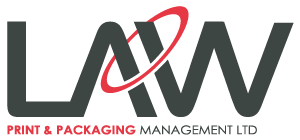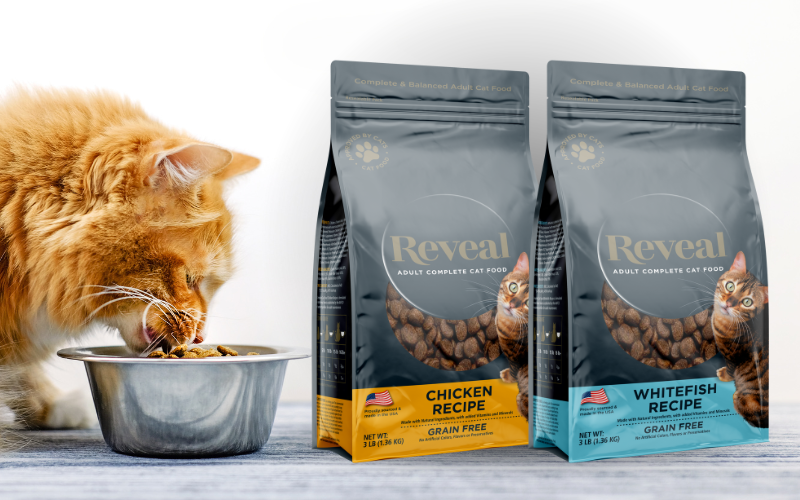Plastic has become a word never to be uttered lately, but did you know there are many reasons why it still is one of the most popular materials for packaging, most of which are positive?
It might seem as though plastic should be avoided at all costs, and paper or compostable packaging are your only options. Well, depending on your product, paper and compostable packaging solutions are perfectly valid. However, disregarding plastic packaging altogether may end up being detrimental to your overall business strategy.
In this blog, we’ve included just a few of the many flexible plastic packaging benefits. If you have any questions, please let us know!
Reduce business costs
Flexible packaging can significantly lower packaging costs as less material is used in the production process. The costs also transfer across the supply chain, with savings on storage, warehousing and distribution.
Recyclability
When it comes to flexible packaging, recyclability is a difficult subject to define. Our Ready2Recycle flexible solutions are 100% recyclable, and our conventional pouches technically create less waste, with their use preventing millions of tonnes of waste in landfills. This is a huge flexible plastic packaging benefit!
Lightweight Solutions
Flexible food packaging solutions such as pouches are far more lightweight than rigid materials such as glass and jars. Retailers and supermarkets are looking for products offering convenience for their consumers. With flexible packaging being easier to carry and handle it ticks many boxes for the people you’re trying to appeal to in-store.
Set apart your product
In our digital world, strong visual packaging can be a real differentiator for shoppers. Some businesses have reported a 30% increase in consumer interest when those businesses show strong attention to packaging. Flexible packaging allows brands to differentiate their product on saturated shop floors, impressing retailers and consumers alike.
Appeal to the Millennials
Millennials are one of the largest generations in western history. In 2015, Millennials represent a quarter of the UK population and 94% feel it’s important to have a unique identity. This demographic is notorious for growing increasingly loyal to independent brands and market pioneers. Flexible packaging has proven its appeal with this crowd as it ‘breaks the traditional mould’.
Reduce Waste
Pouches used in food packaging are smaller than rigid container counterparts using 60% less plastic and can be up to 23% lighter. Items such as Stand Up Pouches and Flat Bottom Bags can have a higher product-to-package ratio and can even require less than half the energy to produce.
Carbon Footprint
As well as improving waste levels, flexible packaging manufacturing does not take as many resources to produce. Due to the smaller, compact packaging, more products can also be distributed reducing fuel costs, emissions and overall carbon footprint.
Improved Shelf-life
Advancements in the type of seal used in flexible packaging have massively improved shelf-life for flexible food packaging, keeping produce fresher for longer for retailers and end-users.
Print Techniques
Flexible packaging allows for rotogravure printing techniques, up to 10 colours, producing extremely vivid colours and photographic images. This can be a major selling point for brand owners who have previously been restricted to flexographic printing. Although the costs can be higher turnaround times are quick making it a suitable option for large print runs.
Customisable
Flexible packaging is versatile and can be customised to meet different food products’ needs. Packaging manufacturers can tailor Stand Up Pouches or bags to fit most shapes and sizes.
If your brand is looking to invest in quality packaging, we will guide you through the entire print process. Providing recommendations along the way to improve efficiency, reduce costs and add untold value to the end product.
Contact us on +44 (0) 161 440 7302 or follow this link to complete our contact form.
CASE STUDIES | CONTACT US | SOCIAL MEDIA | NEWSLETTER


